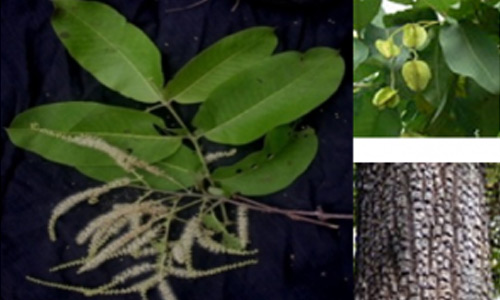We value your privacy
We use cookies to enhance your browsing experience, serve personalized ads or content, and analyze our traffic. By clicking "Accept All", you consent to our use of cookies.
We use cookies to help you navigate efficiently and perform certain functions. You will find detailed information about all cookies under each consent category below.
The cookies that are categorized as "Necessary" are stored on your browser as they are essential for enabling the basic functionalities of the site. ...
Necessary cookies are required to enable the basic features of this site, such as providing secure log-in or adjusting your consent preferences. These cookies do not store any personally identifiable data.
No cookies to display.
Functional cookies help perform certain functionalities like sharing the content of the website on social media platforms, collecting feedback, and other third-party features.
No cookies to display.
Analytical cookies are used to understand how visitors interact with the website. These cookies help provide information on metrics such as the number of visitors, bounce rate, traffic source, etc.
No cookies to display.
Performance cookies are used to understand and analyze the key performance indexes of the website which helps in delivering a better user experience for the visitors.
No cookies to display.
Advertisement cookies are used to provide visitors with customized advertisements based on the pages you visited previously and to analyze the effectiveness of the ad campaigns.
No cookies to display.
|
Division
|
Angiosperms |
|
Class
|
Dicotledons |
|
Subclass |
Polypetalae |
|
Series |
Calyciflorae |
|
Order |
Myrtales |
|
Family
|
Combretaceae |
|
Genus
|
Terminalia |
|
Species
|
alata |

|
Etymology: |
Derived from the Latin word, ‘terminus’, and referring to the leaves borne at the ends of branchlets. |
|
Botanical name:
|
Terminalia alata Heyne ex Roth (T. tomentosa (Roxb.) Wight. & Arn.) |
|
Local/Trade Names: |
Laurel, Sain, Asain |
|
Conservation status: |
Commonly found in forests. |
|
Digonestic features: |
Bark resembling crocodile skin; leaves with 2-glands. Fruit winged. |
|
Description: |
A large tree. Bark dark-grey or black, resembling crocodile skin. Leaves 10-20 x 6-10 cm, oblong, elliptic, ovate or obovate-oblong, tomentose beneath, midrib beneath often with 1-2 glands. Flowers dull-yellow. Fruits 3-5 cm long, with 5 broad coriaceous wings; wings ca 1 cm wide, striate with numerous horizontal veins. |
|
Phenology: |
Fls.: June-Aug. Frts.: Aug.-Oct. Leaf-fall during Feb.-Apr. |
|
Distribution: |
Sub-Himalayan tract, Deccan. Myanmar. |
|
Where to see it: |
Medicinal Plant Garden. |
|
Uses: |
Wood used for beams, joints, rafters, door and window frames, and boarding; also used in the construction of carts, toys, furniture, oil mills, rice pounders , engine brake blocks, electric casing, and rough carpentry. Suitable for tool-handles and agricultural implements and for plywood manufacture.Timber is also suitable for use as telegraph and electric poles and yields pulp for manufacture of printing and wrapping paper.Wood shows resistance to fire and is used in fire-proof buildings; yields good quality charcoal. Bark contains tannin and may be used for tanning, also for dyeing; exhausted bark may be used for extraction of oxalic acid and the resultant material may find use in board and allied industries. Bark is styptic and cardiotonic. Tree yields a gum, used as an adhesive and a purgative. Leaves used for feeding tasar silkworms. |
Chief Conservator of Forests & Chief Wildlife Warden is the Head of the Department. There is one post of Conservator of Forests & two posts of Deputy Conservator of Forests viz.